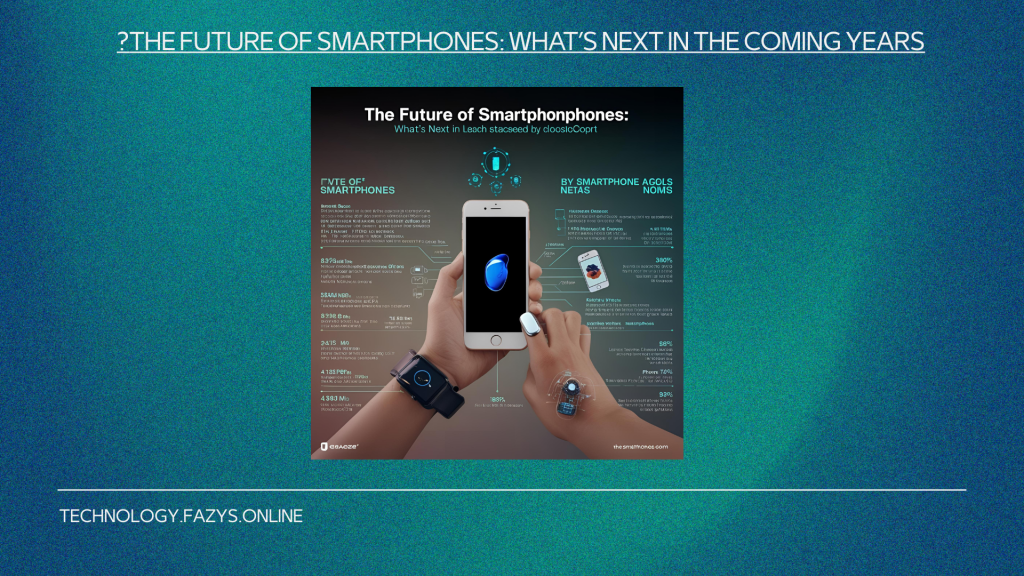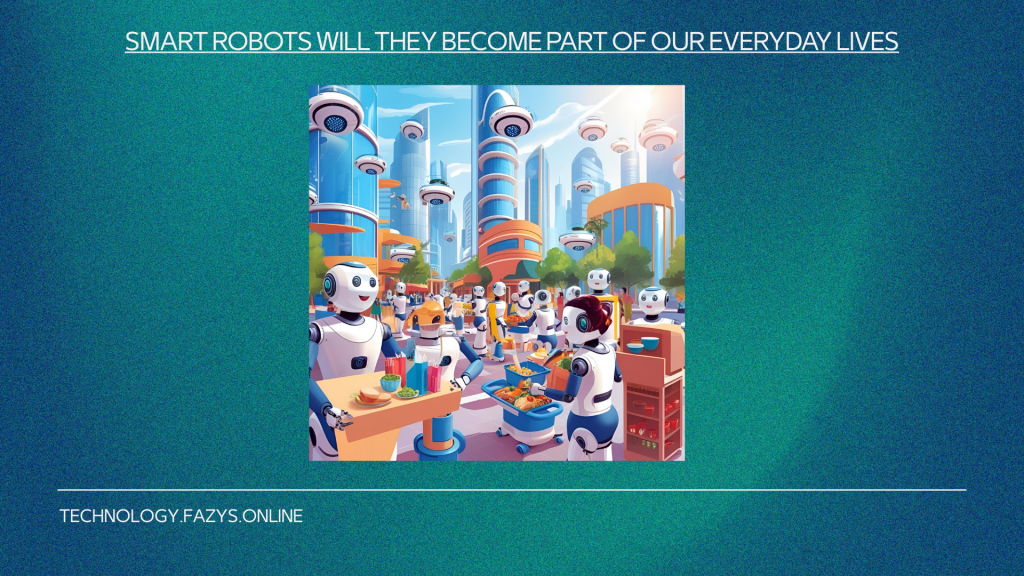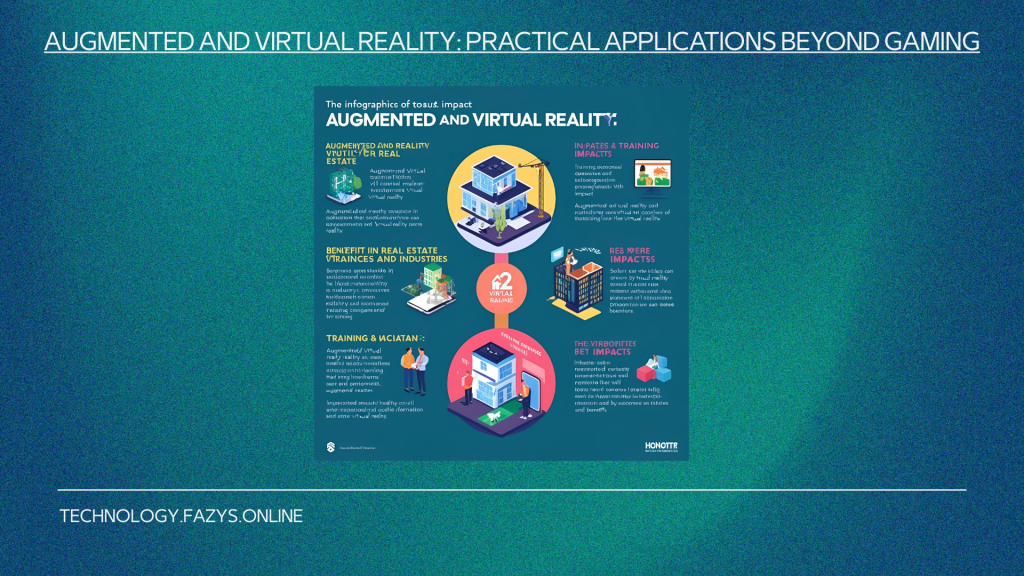In recent years, wearable technology has become an integral part of our daily lives, revolutionizing the way we interact with the world and manage our health, productivity, and entertainment. From smartwatches and fitness trackers to augmented reality glasses, these devices are no longer just gadgets; they are powerful tools that enhance our well-being, efficiency, and connectivity. This article explores how wearable technology is transforming our lives and why it has become a cornerstone of modern living.
1. Health and Fitness Monitoring
One of the most significant impacts of wearable technology is in the health and fitness sector. Devices like Fitbit, Apple Watch, and Garmin have made it easier than ever to track physical activity, heart rate, sleep patterns, and even blood oxygen levels. These tools empower users to take control of their health by providing real-time data and personalized insights. For instance, heart rate monitors can alert users to irregular heartbeats, potentially preventing serious health issues. Additionally, fitness trackers encourage people to stay active by setting daily goals and offering reminders to move, making it easier to maintain a healthy lifestyle.
2. Improved Productivity and Connectivity
Wearable technology has also enhanced productivity and connectivity in both personal and professional settings. Smartwatches, for example, allow users to receive notifications, emails, and messages directly on their wrists, reducing the need to constantly check their phones. This seamless integration of technology into daily tasks helps individuals stay organized and focused. Moreover, devices like smart glasses are being used in industries such as healthcare, manufacturing, and logistics to provide hands-free access to information, improving efficiency and reducing errors.
3. Enhanced Safety and Security
Wearable devices are increasingly being used to enhance safety and security. For example, some smartwatches come with built-in GPS and emergency SOS features, allowing users to share their location or call for help in critical situations. Similarly, wearable cameras and body-worn sensors are being utilized by law enforcement and security personnel to monitor and record activities in real-time. These applications not only protect individuals but also provide valuable data for analysis and decision-making.
4. Personalized Entertainment and Experiences
Wearable technology is also reshaping the entertainment industry. Virtual reality (VR) headsets and augmented reality (AR) glasses offer immersive experiences, whether for gaming, virtual tours, or interactive learning. These devices transport users to new worlds, making entertainment more engaging and interactive. Additionally, wearable tech is being used in live events, such as concerts and sports games, to provide real-time updates, replays, and personalized content, enhancing the overall experience for attendees.
5. Challenges and Future Prospects
Despite its many benefits, wearable technology is not without challenges. Privacy concerns, data security, and battery life are some of the issues that need to be addressed as the industry evolves. However, advancements in artificial intelligence, machine learning, and material science are paving the way for more efficient, secure, and user-friendly devices. The future of wearable technology looks promising, with innovations like smart clothing, implantable devices, and brain-computer interfaces on the horizon.
Conclusion
Wearable technology has undeniably transformed the way we live, work, and play. By seamlessly integrating into our daily routines, these devices have made it easier to monitor our health, boost productivity, ensure safety, and enjoy personalized experiences. As technology continues to advance, the potential for wearable devices to further enhance our lives is limitless. Whether you’re a fitness enthusiast, a busy professional, or a tech-savvy individual, wearable technology offers something for everyone, making it an essential part of the modern world.






